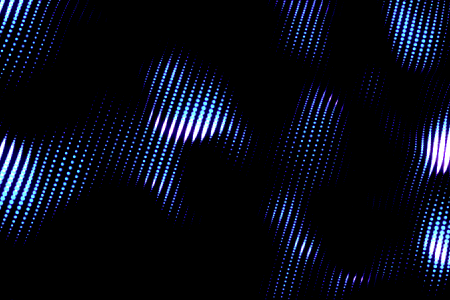- 12/11/2023
- What motivated you to write about this topic?
Perry: I love philosophy. Philosophy gripped me from a from a young age because it showed me how the way we talk about things really changes the world.
Dani: And I did my degrees in physics. I'm really interested in how mathematics can help us to understand really complex things about the world. Over time I realized the way I wanted to use my knowledge to understand the brain. So, I've moved more and more into the area of neuroscience and specifically trying to understand what happens when we perceive information. The majority of the work in my lab is focused on how humans engage with information. Perry was working in the philosophy of curiosity for a while. And at the time I was moving more and more into understanding the neuroscience of learning. And so, we began to speak with one another about exploring curiosity together.
Perry: We’re also identical twins. We grew up together, and we were both home schooled in a way that was very open, very experimental, very much driven by our own interests. We credit our mom for this kind of structure. So, curiosity was just cultivated from the get-go in our lives.
- When I think about curiosity, I suppose my first reaction is to think of it as a kind search for knowledge. Is that right?
Perry: Studying the history of curiosity, we do find that definition pretty far back in time. But there was another kind of understanding too, where curiosity is a kind of a process that we engage in in order to develop a deeper relationship with ourselves in our world. I had never heard that definition before. And so, I just started to try to sort of carve it out. What does that really mean? What does that really look like? And this became, in a sense, the heart of our book, especially because it has incredible resonances in science.
Dani: So, this notion that what we're seeking is not individual pieces of information is something that Henri Poincaré, a science philosopher, had been thinking about. That the aim of science is not things themselves, as the dogmatists in their simplicity imagine. Understanding requires that we connect pieces of information. If we just have independent facts that are not related to one another, that's not understanding, and it's not knowledge, and it's certainly not the aim of science. And if that's curiosity, then how we cultivate it is going be really different. If we just want people to desire knowledge, that’s one thing. But if we want to build up and nurture capacity for people to be able to make connections, creative connections between ideas and experiences that's going to take some different cultivation practices.
- I would imagine that depending on one’s upbringing, education, and training, how we make connections could vary pretty widely, no? Did your research uncover any consistent patterns?
Perry: Throughout history there are really creative depictions and stories about curious people. There are etchings of a curious person and icons of curious people, and I found at least 3 different ways, or 3 different styles of curiosity represented. I call them the busybody, the hunter, and the dancer. The busy body just keeps looking around, brings everything to the table, and I mean everything. The hunter gets stressed by how the busy body works; she wants to build meticulous, careful connections between things. And then there’s the dancer, someone who just simply can't accept whatever information comes their way. The dancer needs to put things together in a completely new way. So, there's some kind of risk that's needed for the dancer. They want to try something; they want to experiment.
Dani: I was really curious when Perry started excavating these styles. Whether they were styles that were only present in the history of the sort of Western intellectual tradition, or if they were present and kind of alive and well today. To get more clarity on this we studied people as they browse Wikipedia, a platform for knowledge acquisition. And we studied how people moved from one page to another page. There’s a lot more in the book about this, but yes, we do observe these same styles in people today.
- Are we locked into a dominant style for life?
Dani: Absolutely not. When observing behaviors on Wikipedia, we found that it’s not as if there are classes like you're either busybody or a hunter or a dancer. There's a continuum. If somebody acted more like a hunter on the first few days of browsing, they tended to stay relatively hunter like over time, but there was variability. People vary significantly along the continuum between these different styles.
Perry: It is a relational skill. It helps build relationships between ideas and between people and between experiences and between worlds and social networks. And we’re pretty confident that there are more than three styles. So, we're redefining curiosity as a relational skill, and I think that could have some really interesting implications for how companies function, how they innovate and how they think about their relationships with customers. Certainly, the expansion of AI and machine learning relates to how we might think about curiosity in the corporate world.
Dani: That’s what my lab is pursuing right now. Can AI be curious? Can we make a curious robot? How can we use artificial intelligence, not as a tool to determine a fact or to offer answers, but to enhance our capacities for curiosity? How do we build using AI tools to help us be more curious about one another, be curious about the world and change it for the better?












